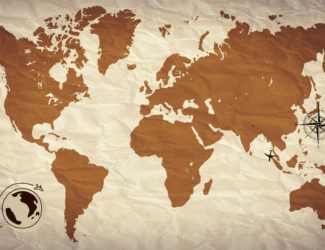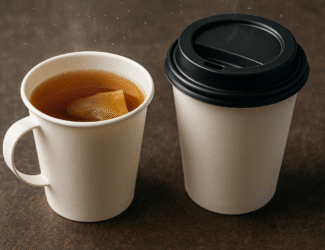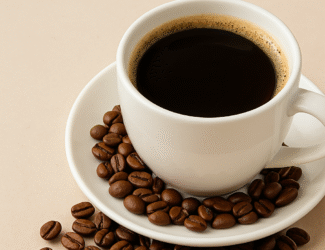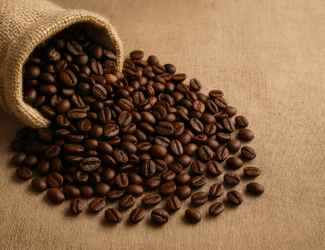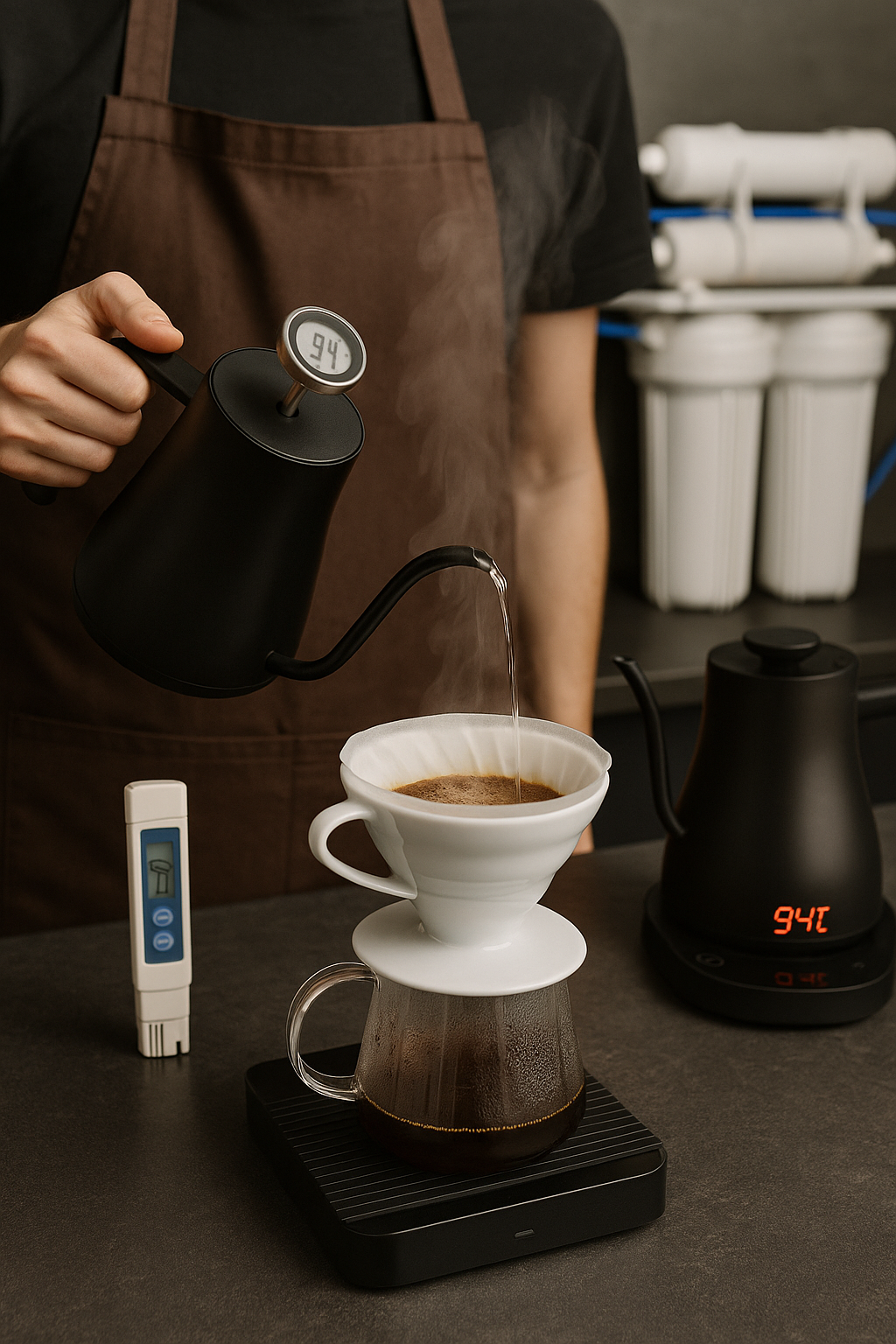
Словарь бариста | Выпуск 7: Контроль воды и температуры
На QahwaWorld.com мы продолжаем серию «Словарь бариста », чтобы помочь специалистам и любителям лучше понять основы приготовления кофе. В седьмом выпуске мы рассматриваем воду и контроль температуры — ключевые, но часто недооценённые факторы, влияющие на вкус и качество напитка. От качества воды до стабильности температуры — мы объясняем термины, которые должен знать каждый бариста для идеального заваривания.
Вода — самый недооценённый, но самый важный ингредиент в кофе. Она составляет более 98% готового напитка. Вместе с температурой, качество и состав воды напрямую влияют на вкус, экстракцию и стабильность результата. В этом выпуске мы рассмотрим ключевые понятия, связанные с контролем воды и температуры.
1. Вода для заваривания
Вода, используемая для приготовления кофе. Должна быть чистой, без запаха и с правильным содержанием минералов, чтобы не портить вкус.
2. Качество воды
Описывает химический состав воды: минералы, кислотность и примеси. Плохая вода портит вкус, вредна для оборудования и снижает стабильность.
3. Жёсткость
Содержание кальция и магния. Умеренная жёсткость помогает экстракции, но чрезмерная вызывает накипь и влияет на вкус.
4. Общее содержание растворённых веществ
Показатель количества веществ (минералов, солей, металлов) в воде. Идеальный уровень — от 75 до 150 частей на миллион.
5. Щёлочность
Способность воды сопротивляться изменению кислотности. Высокая щёлочность делает вкус плоским, низкая — вызывает избыточную кислотность.
6. Уровень кислотности (pH)
Показывает, насколько вода кислая или щелочная. Идеальный показатель для заваривания — около 7, немного в кислую сторону.
7. Хлор
Часто содержится в водопроводной воде и ухудшает вкус. Должен удаляться фильтрацией или с помощью угольных фильтров.
8. Фильтрация воды
Процесс очистки воды от нежелательных веществ. Необходима для стабильного вкуса и продления срока службы оборудования.
9. Обратный осмос
Технология очистки, удаляющая почти все минералы и загрязнения. Часто сочетается с реминерализацией для восстановления баланса воды.
10. Температура воды
Один из важнейших параметров при заваривании. Оптимальный диапазон — от 90 до 96 градусов.
11. Стабильность температуры
Способность поддерживать постоянную температуру во время приготовления. Колебания ухудшают вкус.
12. Холодная или недостаточно нагретая вода
Вода ниже нужной температуры вызывает недоэкстракцию, вкус получается кислым и слабым.
13. Слишком горячая вода
Температура выше 96 градусов приводит к избыточной экстракции, горечи и разрушению вкусовых соединений.
14. Бойлер
Часть кофемашины, отвечающая за нагрев воды. В профессиональных машинах бывает несколько бойлеров для разных задач.
15. Цифровой регулятор
Электронная система в современных устройствах, которая точно контролирует температуру и обеспечивает стабильность.
Связанные материалы:
Словарь бариста | Выпуск 6: Помол и параметры экстракции
Словарь бариста | Выпуск 5: Вспенивание молока и рисунки на поверхности
Словарь бариста | Выпуск 4: Способы заваривания кофе
Словарь бариста | Выпуск 1: От зёрна до обжарки
Словарь бариста | Выпуск 2: Инструменты и оборудование
Словарь бариста | Выпуск 3: Основы эспрессо



